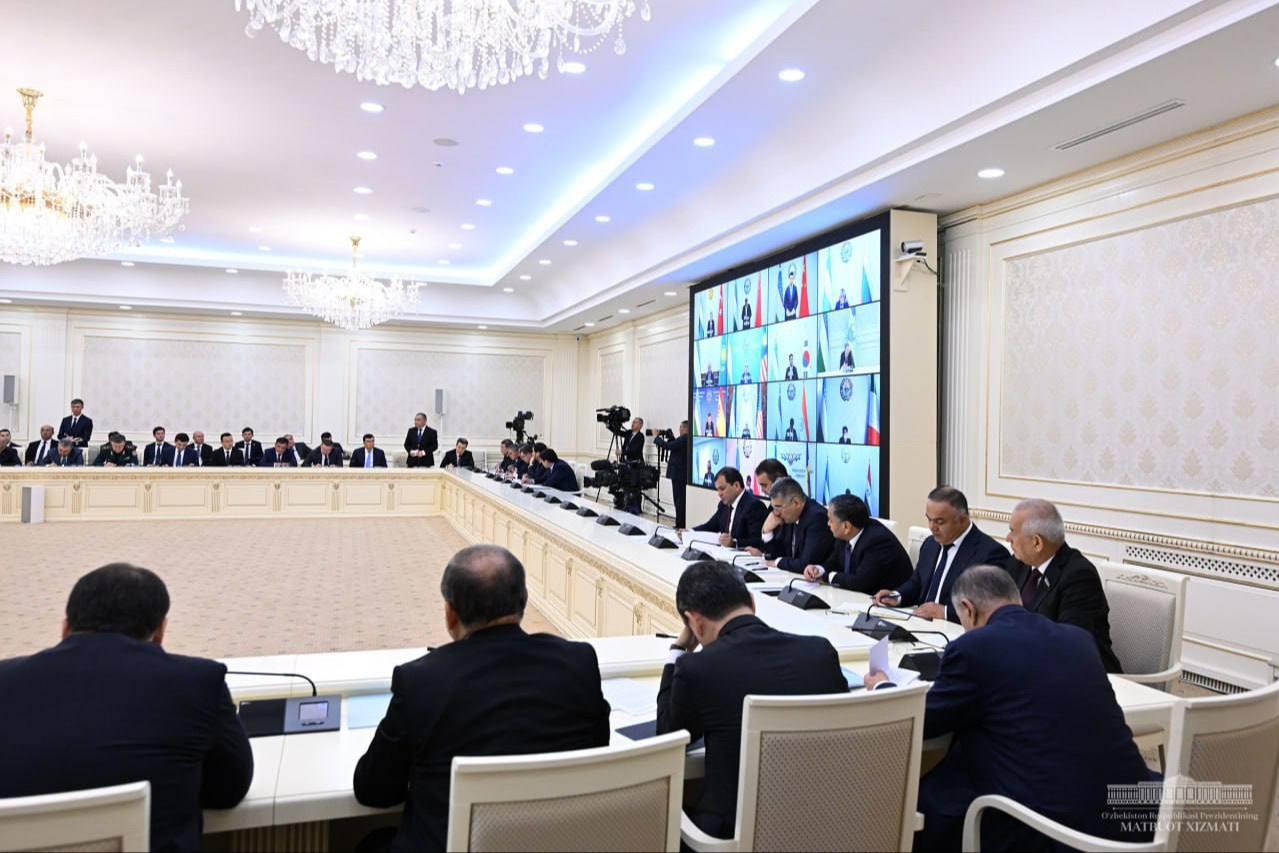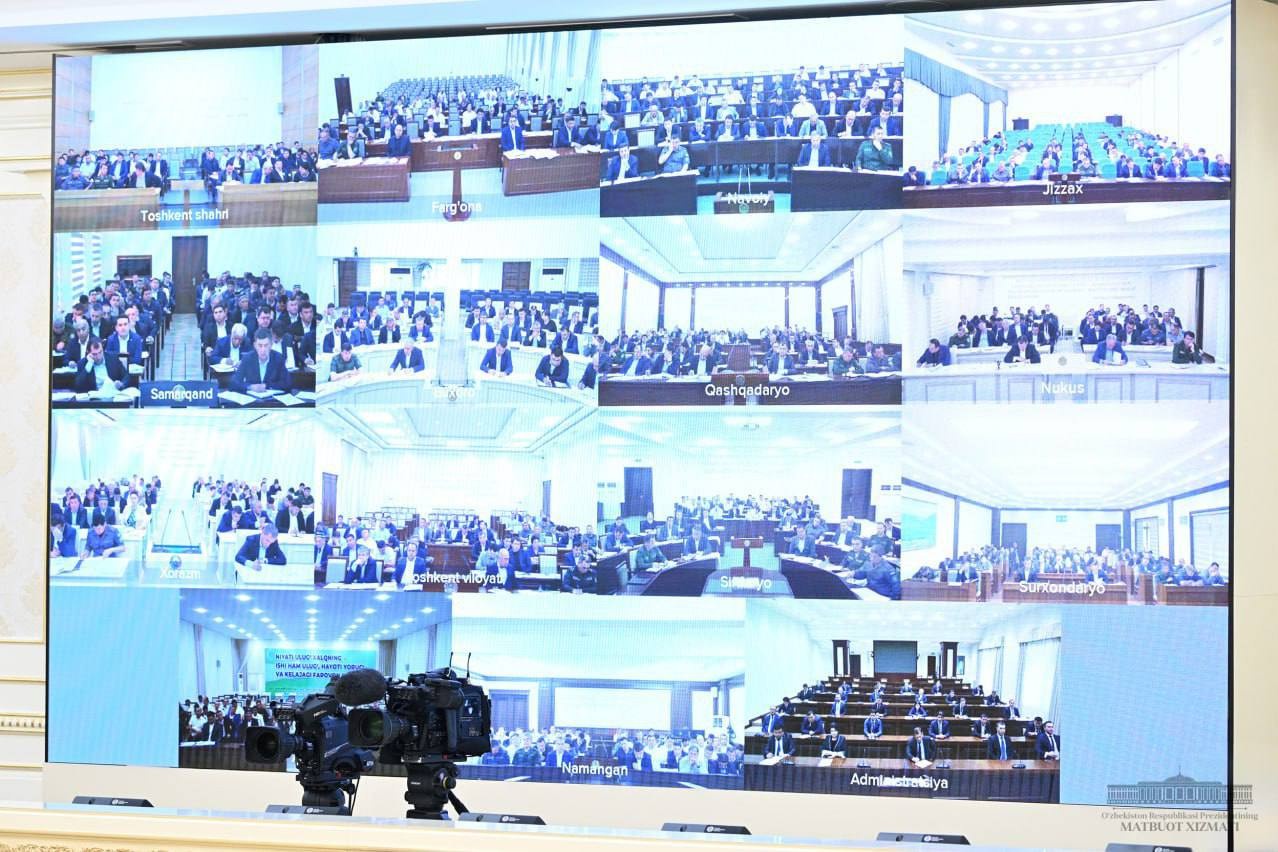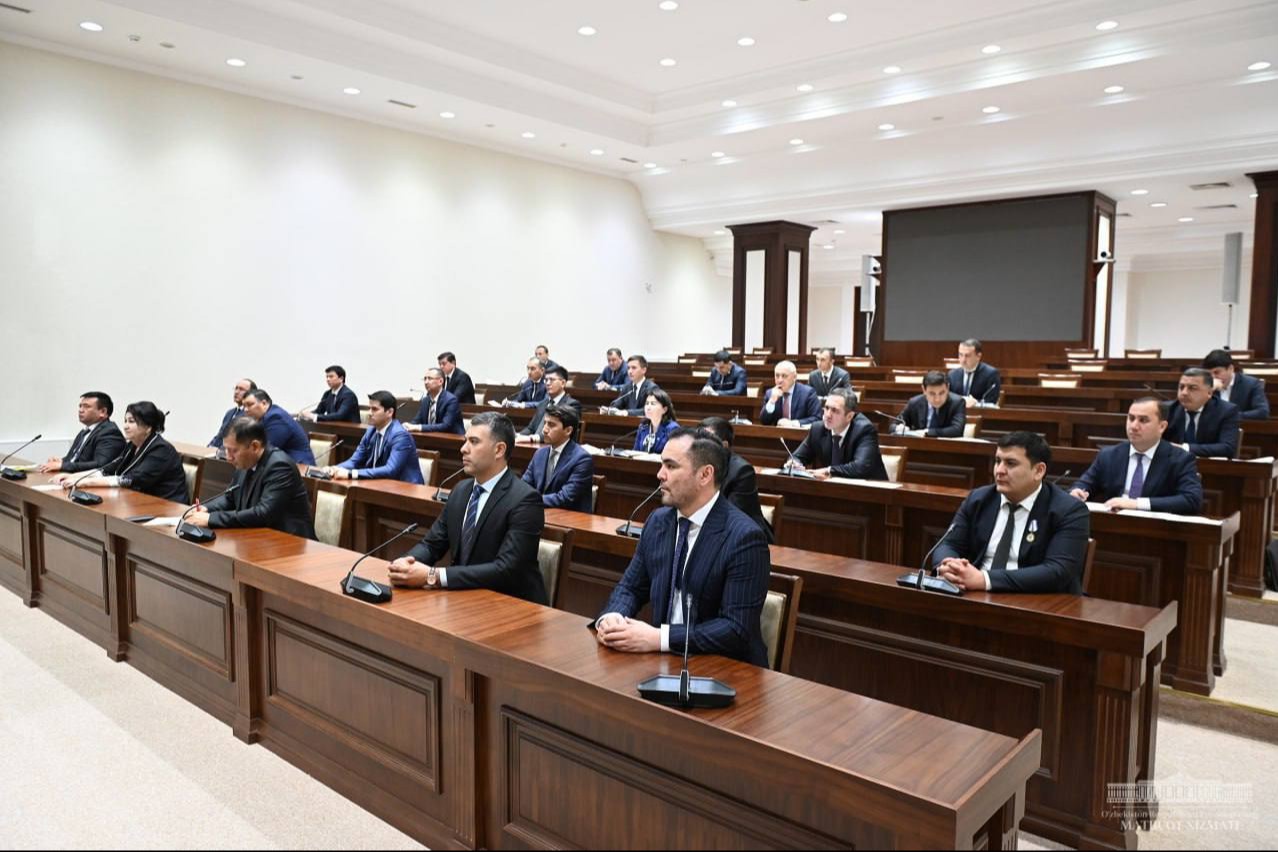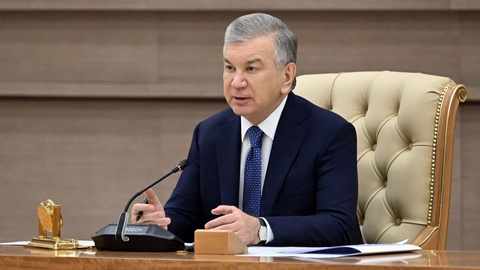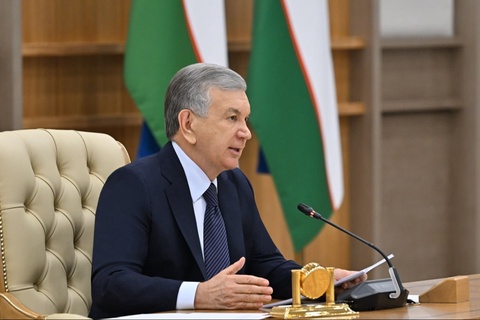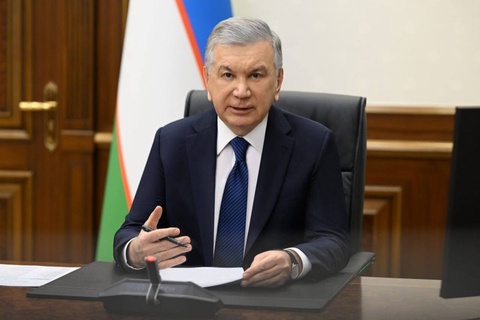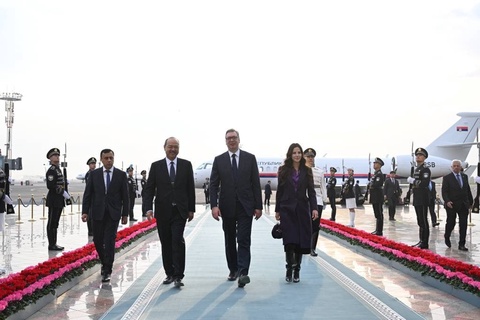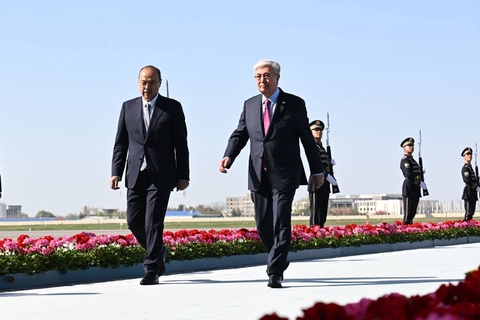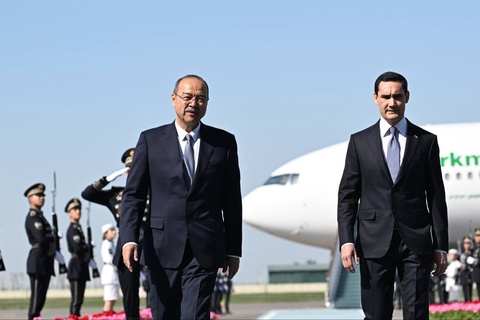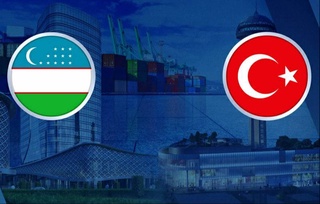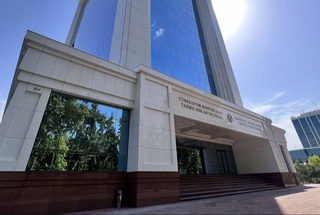Many large investment projects are being implemented in Uzbekistan. However, small and medium-sized enterprises are also needed to quickly create jobs and export-oriented products, which are sources of income for the population. Local industries represent the greatest opportunities in this direction.
In recent years, broad conditions have been created for entrepreneurial activity in these areas. Thus, 16 small industrial zones for leather production were organized, and $40 million in low-cost resources were made available for new projects.
Last year, production volume in the leather industry reached almost 3 trillion UZS. However, half of this volume fell on Andijan and Fergana regions. Production rates are low in Karakalpakstan, Bukhara, Jizzakh, Surkhandarya, and Khorezm, which produce significant amounts of leather.
The industry’s exports are dominated by primary products. The share of finished products is only about 30 percent. Leather processing volumes are also insufficient. The potential of livestock clusters is not fully utilized.
Therefore, the activities of the Charmsanoat Association will be changed, and the People’s Bank will be assigned to the industry. With regional hokims, projects worth $100 million will be developed in small leather industrial zones.
Leather clusters will also be created in Sharaf Rashidov and Akhangaran districts. $40 million in cheap resources will be allocated to construct treatment facilities and buildings. Foreign brands manufacturing natural and artificial leather products will be involved in the projects. For this purpose, compensation of up to $30 thousand for enterprise expenses on sourcing services will be established.
Livestock clusters will receive low-interest loans to purchase feed crops and purebred livestock.
The silk industry was also analyzed in detail at the meeting.
Recently, a cluster system has also been introduced in this direction. In particular, 74 sericulture clusters and 11 grain production enterprises have been organized. The area of mulberry plantations has been increased from 40 thousand hectares to 55 thousand hectares. As a result, the production volume of silkworm cocoons increased 2.5 times and reached 26 thousand tons, and the export of silk products tripled.
However, technologies for rearing silkworms and protecting against diseases are not sufficiently developed. As a result, losses in obtaining cocoons are relatively high.
The industry’s exports are still based on raw materials. In this regard, the need for in-depth processing of cocoons and increasing the production of finished products, fabrics, and home textiles was emphasized. This should help secure a place in the European market, which accounts for 45 percent of global silk imports.
The most pressing problem in sericulture remains the food supply. To solve this problem, it is necessary to expand the planting of new high-yielding varieties of mulberry. You can also create an additional food source by planting mulberries in one or two rows along the edges of cotton fields.
Hokims were instructed to organize new mulberry plantations on an area of 105 thousand hectares. These lands will be divided into plots and provided to the population through an auction, at which the initial price of the plot will be set at 10 percent. Unemployed citizens, including women, will be trained in short courses in mono-centers and sericulture clusters.
The low purchase price for cocoons did not contribute to the population’s interest. According to a presidential decree signed recently, the purchase price of cocoons was increased by 25 percent. Sericulture farmers are exempt from income and social taxes. A tax rate of 10 percent is set for mulberry plantations.
Another way to improve industry efficiency is to use alternative methods. For example, silkworm farming on castor beans is widely used in China. This new technique can be adapted to our climatic conditions.
The Plant Protection Agency has been instructed to import castor bean seeds and silkworms that feed on its leaves for testing at the Institute of Sericulture.
Hokims and responsible persons in the industry were given several instructions on the quality organization of the silk season.
Carpet production also plays a vital role in providing employment to the population and developing local industry. Last year, the centralized purchase of polypropylene showed its effectiveness. This experience will be continued, and funding will be doubled, considering the time before receiving foreign exchange earnings. Entrepreneurs will be provided with polypropylene for up to one year.
At the meeting, the Head of state held an open dialogue with entrepreneurs in the industries under consideration. Having listened to the problems and proposals raised by them, he instructed responsible managers to assist entrepreneurs in obtaining certificates to enter European markets, attract foreign specialists, ensure access for domestic leather, carpet, and silk products to trading houses abroad, organize the training of qualified mid-level personnel, and others.
The second issue on the agenda was the implementation of the Saykhunabad experience.
As a result of the work that began in April, employment was provided, and 365 thousand people were attracted to entrepreneurship. Banks began to work closely with their clients and created conditions for employment of 115 thousand people. 70 thousand micro projects were implemented in mahallas. Cultivation of crops has begun on 465 thousand hectares of private plots.
However, progress is slow in some regions. For example, when studying 7 districts, it turned out that no crops were planted on dozens of household plots.
For this reason, 382 responsible persons at the district level were dismissed from office for shortcomings.
The President again emphasized that employment and income issues are paramount and warned leaders at all levels.
Tasks have been identified for qualitatively organizing Saykhunabad’s experience in districts and mahallas, creating permanent jobs and income sources for the population.
Another essential issue in mahallas is the organization of orderly and safe labor migration.
During the first four months of this year, 115 thousand citizens who worked abroad returned to the country. By the end of the year, another 250-300 thousand migrants are expected to return. The importance of their employment and assistance in solving social issues was emphasized.
Responsible persons were instructed to create a unified information platform on migration and integrate it with the “Mahalla of Seven” system.
Reports from industry and regional leaders were heard on the issues discussed at the meeting.


